Backlinks are among the top-ranking factors for search engines. Without the right backlink building strategy, it is almost impossible to rank higher on SERPs. However, it takes work to build quality links from relevant sites. Despite all the efforts, many people don’t get the desired results because of link building mistakes. This article will discuss the 18 most common link building mistakes you should avoid for optimal results.
But let’s first see why it is essential to avoid link building mistakes.
Why is it Important to Avoid Link Building Mistakes?
Link building is crucial for online visibility and increasing organic traffic. However, due to several misconceptions, web owners fail to attract links that matter for SEO. Instead, they end up gaining harmful backlinks. Link building mistakes cost businesses money, time, reputation, and SEO ranking.
In the worst case, these mistakes can also get your site penalized. Algorithmic and manual actions may result in a ranking drop, or your pages may completely disappear from search results. In case of a manual action, it will be visible in the Google Search Console under Security & Manual Actions.
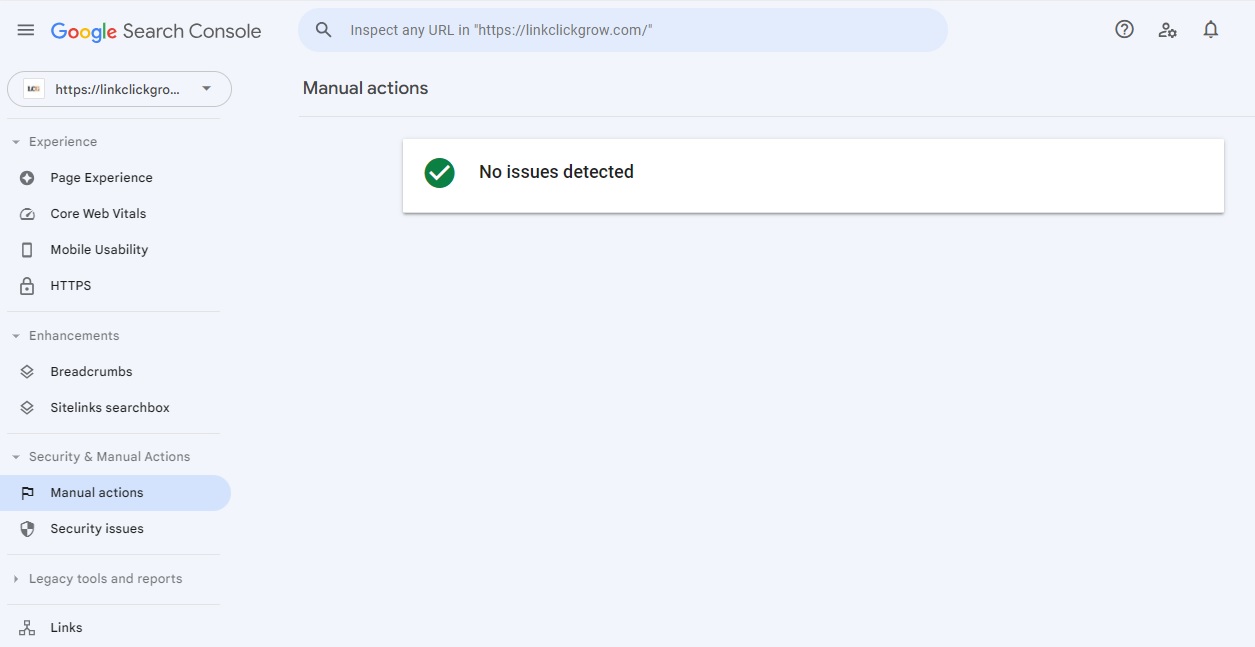
18 Link Building Mistakes You Should Avoid
1. Failure to Create Link-Worthy Content
Failure to create link-worthy content is among the top link building mistakes. Unfortunately, many website owners believe the more content they create, the more backlinks they will gain. As a result, they focus on quantity of content rather than quality.
A low-quality content is shallow and thin. It lacks expertise and does not serve any value to its audience. On the contrary, link-worthy content is comprehensive and deeply covers the topic. It addresses the pain points and interests of your target audience.
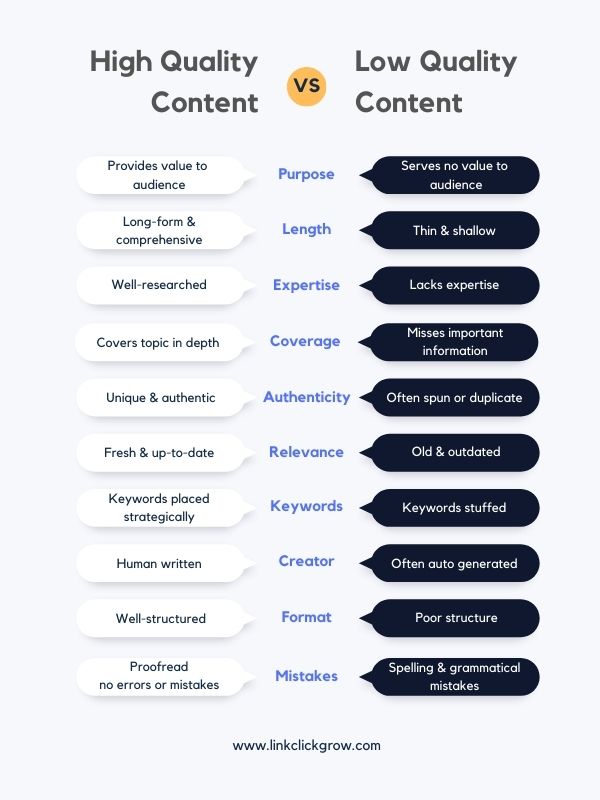
Failure to create link-worthy content is a link building mistake that can hurt your business in many ways, such as:
Fails to Attract High-Quality Backlinks: The quality of content determines the quality of backlinks. High-domain authority sites link to only authoritative content. However, if your content is thin and lacks value and expertise, you can never build high-quality organic links.
Sends Poor User Signals: User signals refer to data that indicates how website visitors interact with the content. For example, bounce rate, time spent on a page, and session duration are user signals. Low-quality content fails to engage its readers, resulting in poor user signals. And poor user signals affect SEO rankings.
Fails to Generate Organic Traffic: Search engines aim to provide users with the best content. If your content does not provide value to the audience, you will not rank well in SERPs.
How to Avoid it?
Content Audit: Do a content audit and discard worst-performing pages generating insignificant traffic and having high bounce rates.
Align the Content with Customer’s Journey: Learn what your target audience wants and create content according to their needs. Improve existing content to ensure it aligns with the buyer’s journey.
Prioritize Keyword Research and Focus on Search Intent: Do keyword research to find suitable keywords for content. Choose keywords that generate enough search volume but are not highly competitive. Similarly, create content that matches search intent. Tools like SEMrush are ideal for finding keyword’s search volume, ranking difficulty, and search intent.
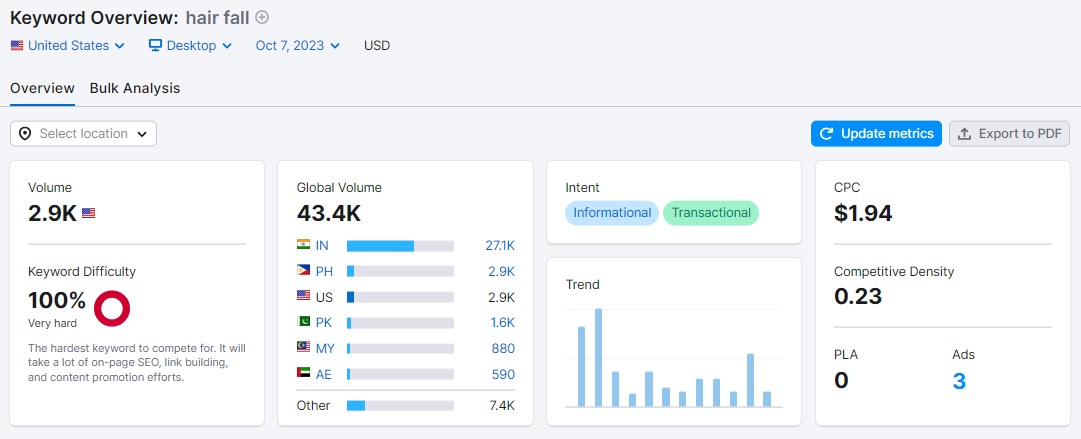
Proofread Content: Proofread content to ensure it does not have spelling or grammatical mistakes. Most content creators rely on tools like Grammarly, ProWritingAid, and WhiteSmoke to check and correct grammatical and spelling errors.
2. Not Incorporating Visuals
Not incorporating visuals is one of the most common link building mistakes. Content having visuals, such as images, videos, and infographics, attracts more backlinks than content having only text due to the following reasons:
Visual Content Caters to a Diverse Audience: Many prefer visual content or audio over text. Not incorporating visuals in your content means you miss out on most of the audience.
Visual Content Increases Engagement Rate: Visuals keep visitors engaged, making them stay longer on your website. Additionally, visual content is shared more often, extending audience reach.
How to Avoid it?
Repurpose Your Content: Repurposing content increases audience reach, leading to more link building opportunities. For example, you can turn your best-performing blog posts into YouTube videos or podcasts.
Include Visuals in Existing Posts: List down the posts that do not have visuals and make them appealing by adding infographics, diagrams, or stock images. You can use tools like Canva and Visme to create highly engaging images and infographics. Similarly, for stock images, I recommend using shutterstock or envatoelements.
3. Buying Backlinks
Many website owners go after paid backlinks, believing it would give them quick and better results. Unfortunately, the reality is the opposite. Buying links can be harmful to your site rather than providing any benefit.
Buying backlinks is among the link building mistakes that are harmful for several reasons, such as:
Paid Links May Get You Penalized: Google considers buying and selling backlinks wrong, and your site may get penalized if you get caught buying links.
Buying Links Hurt Your Backlink Profile: Paid links mostly come from spammy or toxic sites. As a result, the spam score of your site also increases.
Bought Links Bring Less Value: Paid links mostly come from sites that are irrelevant to your site. Search engines focus more on the relevance of backlinks when establishing SEO ranks. Therefore, buying links may not help you rank higher.
Paid Links Don’t Last Long: Since most bought links come from spammy and toxic sites, they often last only briefly. The linking sites often get de-indexed, penalized, or go out of business.
How to Avoid it?
Instead of buying backlinks, focus on link-building strategies like building broken links and guest posting.
4. Failure to Remove Bad Links
Failure to remove bad links is among the most harmful link building mistakes. Bad links are not necessarily the outcome of link buying. It is common to naturally receive links from spammy, suspicious, penalized, or irrelevant websites. Toxic links affect your site’s reputation and search engine rankings.
In the worst case, your website may get penalized. Remember, Google’s algorithmic and manual penalties are among the top reasons your website is not ranking on Google.
How to Avoid it?
Regularly audit your backlinks and remove any spammy links. The best way to audit your backlinks is by using a backlink analysis tool like SEMrush and Serpstat. Tools are helpful when your website has excessive backlinks, making manual audits time-consuming.
After identifying the bad backlinks, you can contact the web admins of the linking sites, asking them to remove the links. Most of the backlinking tools have the backlink outreach feature for extracting the contact details of the web admins of the linking sites.
If you do not get a reply from the webmaster, you can use the Google Disavow Tool. However, because of this, Google will not consider those links while deciding your search engine ranking.
5. Building Only DoFollow Links While Abandoning NoFollow Links
It is vital to have a natural link profile. A natural profile has backlinks from various sources, such as articles, blog comments, social media, press releases, and discussion forums. Although links from blog comments, discussion forums, and social media are nofollow, they are beneficial in their own ways. In short, a good link profile consists of both dofollow and nofollow links.
Building only dofollow is one of the most common link building mistakes that adversely affects website traffic and limits link building opportunities. Although nofollow links do not pass any authority, they help in building backlinks for the following reasons:
- They refer traffic to your site.
- They help build brand awareness.
How to Avoid it?
Enable Social Sharing: Add social sharing buttons on your posts, enabling visitors to share your content.
Take Part in Discussion Forums and Q&A Platforms: Stay active on discussion forums and Q&A platforms like Reddit and Quora. However, link to your site only when necessary in your answers or discussions. The link in your bio will do the rest.
6. Wasting the Benefits of Hard-Earned Backlinks By Ignoring Internal Links
It takes work to earn high-quality backlinks. However, when you build one, you must use that opportunity wisely. We all know that a backlink passes the authority from the linking site to your page, making it reliable in the eyes of search engines. But did you know internal links also pass page authority from one page to another?
Internal links also pass authority or page rank from one page to another, helping the latter rank higher in SERPs and attract organic backlinks.

Internal links also assist search engines in crawling, helping pages index and rank quickly.
How to Avoid it?
Revisit all the web pages and include internal links whenever suitable. However, adding internal links can become challenging if your site has hundreds of pages. Therefore, I recommend using tools or plugins like LinkWhisper for efficient linking.
7. Poor Outreach Strategy
Having the right outreach strategy is as important as creating quality content. The following reasons make a poor outreach strategy a link building mistake:
Poor Open Rates: The success of your outreach strategy depends on whether the recipients open your emails. Poorly written subject lines significantly impact open rates and often land your emails in the trash folder.
Poor Response: Most web admins get hundreds of pitches daily, which means you only stand a chance of getting noticed if your outreach strategy is unique.
Your Emails May Get Marked as Spam: A poor outreach strategy can get your emails marked as spam. For example, a poorly written subject line is one of the top reasons that trigger spam filters.
How to Avoid it?
The following factors are essential for a successful outreach strategy:
- Have a unique template that reflects your strategy and your personality.
- Include a catchy subject line that tempts the site owners to open the email.
- Personalize your pitch to connect with the site owner. It must reflect that you are aware of their work and value it.
- Explicitly request to do what you aim for, such as a link to your site, share your content, or accept your guest post.
- Follow up after a few days to show you are serious.
- Avoid grammatical and spelling errors.
Note: Find the email address through the site’s Contact Us page or LinkedIn account. However, you may not see the email on the website, while the LinkedIn page may not exist. Therefore, you can use a tool to find the site owner’s email addresses, such as Hunter.io.
8. Hiring Cheap Writers for Writing Guest Posts
Hiring cheap writers for guest posts is among the most common backlink building mistakes. Although outsourcing guest posting can save you time, it can become counterproductive if you hire cheap writers.
Instead of fresh content, the writer may create various spun versions of the same post. Similarly, the guest post may get published on a spammy site.
How to Avoid it?
When hiring writers, consider the following:
- Their published work to learn about the quality and frequency of their writing.
- Their experience in the industry as well as on the subject matter.
- Certifications they have to showcase their industry knowledge.
9. Not Analyzing Competitors’ Backlink Strategy
Extensive competition indirectly affects your link building strategies. Likely, your strategy is not working because your competitors have a better one. Therefore, not analyzing competitors’ strategies is a link building mistake, due to which you miss out on valuable link-building opportunities.
Competitor backlink analysis helps you improve your strategy and stay competitive by identifying the following:
- Sources your competitors are focusing on for backlinks. For example, if they are getting many links from press mentions, examine the context of those links to discover opportunities.
- Types of content that are getting the most links and create similar content.
- Quantity and quality of their links for benchmarking. Compare your link profile with theirs to identify areas that need improvement.
- Sites or blogs they are targeting for guest posting to learn about potential opportunities you can utilize.
- Broken web pages with backlinks. Create replacement content and reach out to the web admin of the linking site offering your content as a replacement.
How to Avoid it?
Identify, track, and analyze 3-5 main competitors’ backlinks using a backlink analysis tool like Linkody. However, remember your strategy must be unique. Copying your competitors’ exact strategies will not help. Instead, track your competitor’s strategy to know what works best in your niche and improve your strategy.
10. Having No Link Diversity
A lack of link diversity is next on the list of link building mistakes. For the quality of links, gaining links from different sites is critical. On the contrary, having excessive links from the same website does not improve your domain authority.
Having links from various sources exposes your website to a broader audience base, increasing visibility. It also conveys to search engines that the website is credible and caters to a broad audience. Most importantly, link diversity protects you from Google penalties. On the other hand, having links from a limited number of sources may result in a penalty or drop in ranking.
How to Avoid it?
To improve link diversity, you should do the following:
- Reach out to different websites and bloggers.
- Participate in discussion forums, Q&A platforms, and social media groups.
- Share your content across social media.
- Create linkable content that attracts the most backlinks.
11. Building Links from Irrelevant Sites
Most bloggers build backlinks from irrelevant sites because they find it easier than building links from relevant sites in their niche. However, they are unaware that links from unrelated sites (except news sites) harm search engine rankings.
The following are a few reasons why building links from irrelevant sites is a link building mistake that can hurt your reputation and SEO:
- Getting links from irrelevant sites means the linking site is selling backlinks. Credible and authoritative sites link only to relevant content.
- Google may think you are trying to manipulate rankings. Again, why would an irrelevant site link to your content?
- The traffic you receive from irrelevant backlinks sends poor user signals, as the visitors will likely exit the page immediately.
How to Avoid it?
List down the top blogs and websites in your niche and contact them. You can find out the top blogs using Google search.
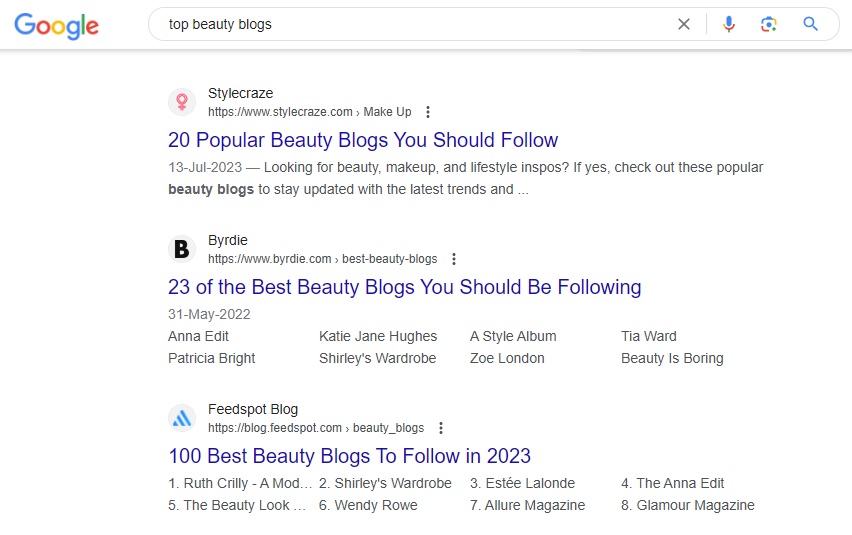
12. Focusing Only on High Domain Authority Sites for Link Building
Focusing only on high-domain authority sites is another common link building mistake that can make the whole link-building process difficult.
Getting links from low-authority websites is relatively easy. Also, remember that relatively new sites have low domain authority but may have the full potential to gain domain authority with time. Therefore, you must expand your efforts beyond high-domain authority sites.
How to Avoid it?
Reach out to various websites in your niche regardless of their domain authority. However, ensure they are authentic and have a low spam score.
13. Focusing on Quantity Rather Than Quality of Links
Focusing on the quantity of links while ignoring quality is a link building mistake that almost every website owner makes. Unfortunately, the website owners believe more links will quickly make their way up to Google’s first page. They believe all backlinks are equally beneficial for SEO, which is untrue.
The following factors affect the link’s value, making certain types of backlinks more beneficial for SEO. For example, editorial backlinks are most helpful for SEO.
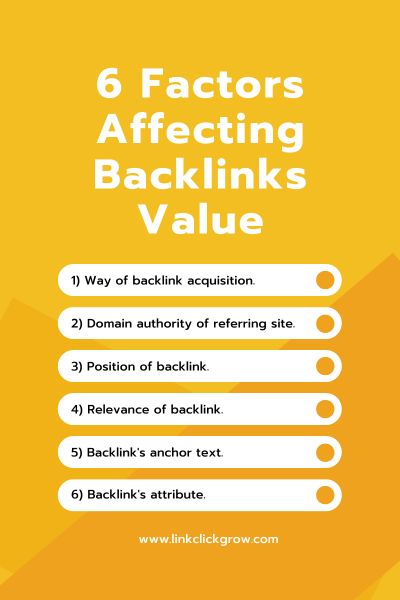
How to Avoid it?
The best way to earn quality backlinks is through linkable content that attracts organic ones. The types of content that attract high-quality backlinks include original research, infographics, list posts, and collection of statistics.
14. Getting Links from Sites Having Excessive Outgoing Links
Building backlinks from sites with excessive outgoing links is among the disastrous link building mistakes. The strength of the links decreases with the increasing number of outgoing links from a site. Additionally, sites with excessive backlinks appear spammy to search engines. Most importantly, such sites have a high probability of getting penalized.
How to Avoid it?
Do not buy links. Sites that sell links are the ones that have excessive irrelevant outgoing links.
15. Using the Wrong Anchor Text
A suitable anchor text is critical for search engines to know whether or not the linked page is relevant to a user’s search. However, using the exact anchor text for many links may affect your SEO efforts.
Sometimes you have control over the anchor text, and sometimes you don’t. For example, if you add a link to your website in your guest post, you must choose anchor text wisely. A generic anchor text like ‘click here’ does not give any information to the search engine regarding the linked page.
How to Avoid it?
Contact the Web Admin: If you see a generic or irrelevant anchor text, you should contact the web admin to request that it be changed.
Optimize Anchor Text: To optimize anchor text for SEO, consider the following:
- Do not use the exact text for all links.
- Ensure the anchor text fits well with the surrounding text.
- Do not stuff keywords in anchor text.
- Ensure anchor text accurately describes the contents of the linked page.
16. Not Figuring Out Why Your Strategy Is Not Working?
Like any other strategy, backlink-building requires you to identify the potential causes of failure and make changes appropriately. Once you have executed your campaign, look for areas that need improvement. Not measuring the performance of your strategies is a link building mistake that hinders progress and keeps you from growth.
How to Avoid it?
Measure your performance and act accordingly. For example, your subject line may be problematic if most receivers do not open your outreach emails. However, if the receivers open your email but do not respond, it is likely because of a poorly written email. In short, figure out what you did wrong and fix it.
17. Having the Majority of Links to the Same Page
Your backlinks appear fake and suspicious if they refer to the same page. For example, most websites have links to their home page. It may appear the links are paid, reciprocal, or placed manually. However, links referring to multiple pages are a verdict that your content is worth linking. Therefore, pay special attention to ensuring all site pages have a decent proportion of links.
How to Avoid it?
- Create high-quality content that attracts organic backlinks.
- Guest post on various topics and, whenever possible, add links to your detailed content.
- Answer questions on Q&A platforms and, whenever relevant, provide a link to your web page covering the same topic.
18. Not Monitoring Backlinks
Last on the list of link building mistakes is not monitoring backlinks. Many web admins spend plenty of time building links but never audit their backlink profiles. Monitoring backlinks is critical for examining the quality and quantity of links. It also helps you identify what you should do more to improve your link profile.
How to Avoid it?
Regularly audit your backlink profile using a tool like SEMrush.
Conclusion
Building backlinks requires not only time and energy but also the right approach. Moreover, your strategy determines if the gained link will remain permanent or you will lose it. Unfortunately, many people make mistakes that ruin their efforts and affect their rankings. Therefore, it is critical to avoid link building mistakes to gain quality backlinks in less time.

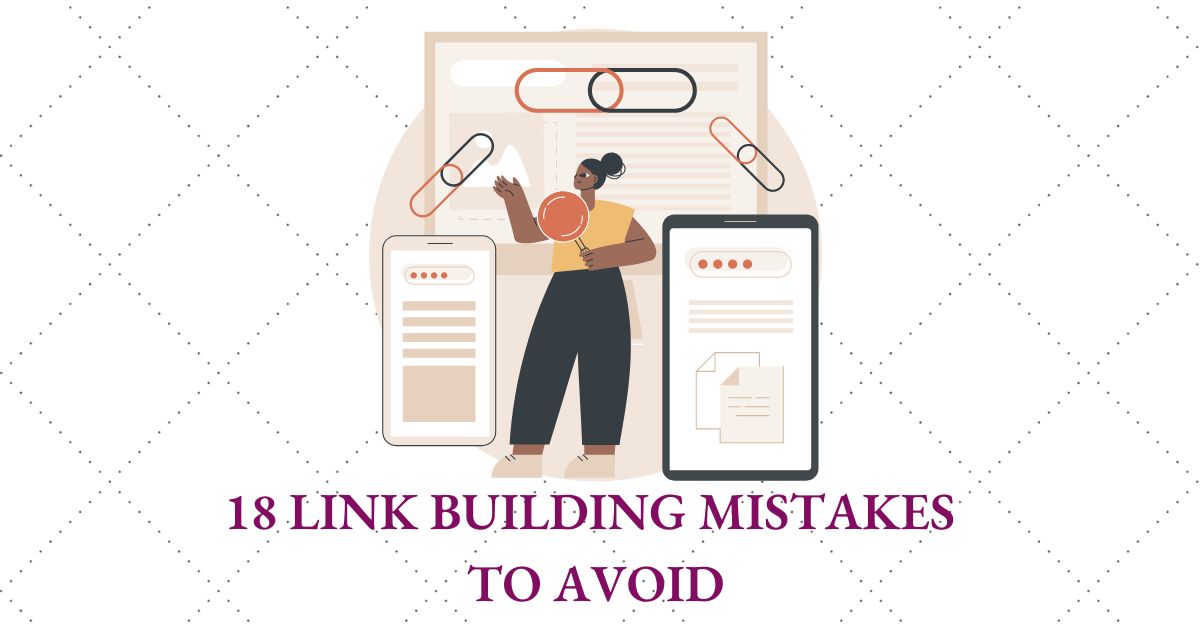

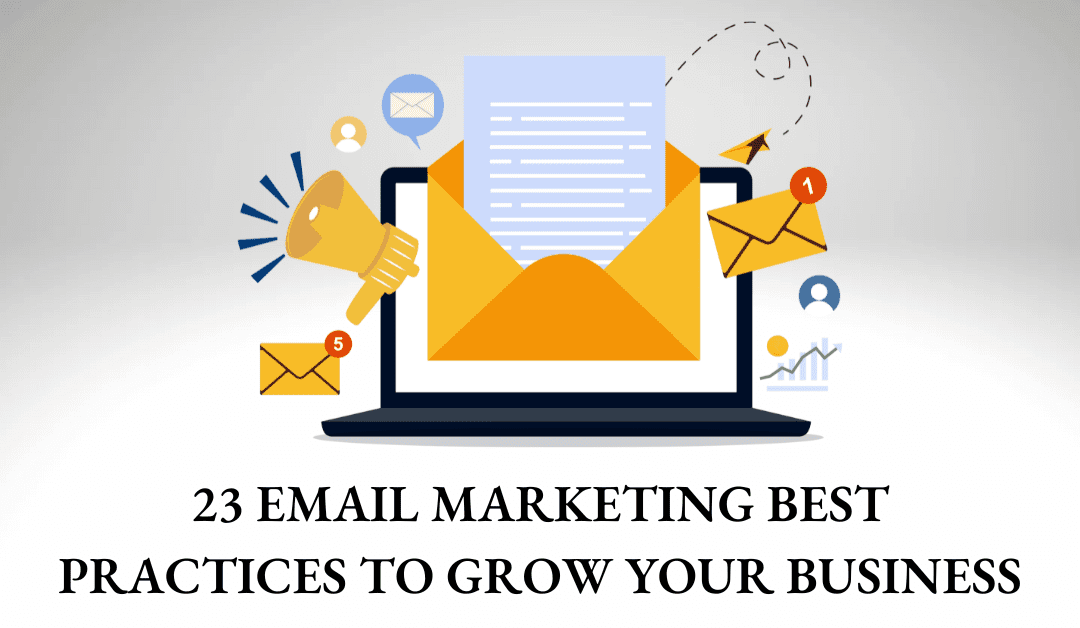
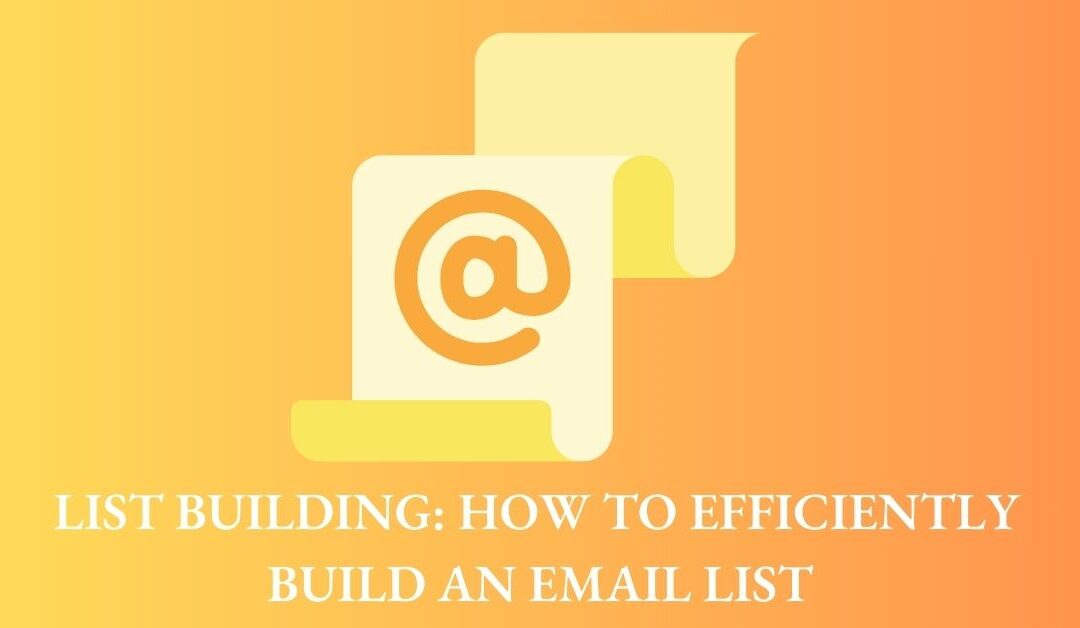

0 Comments